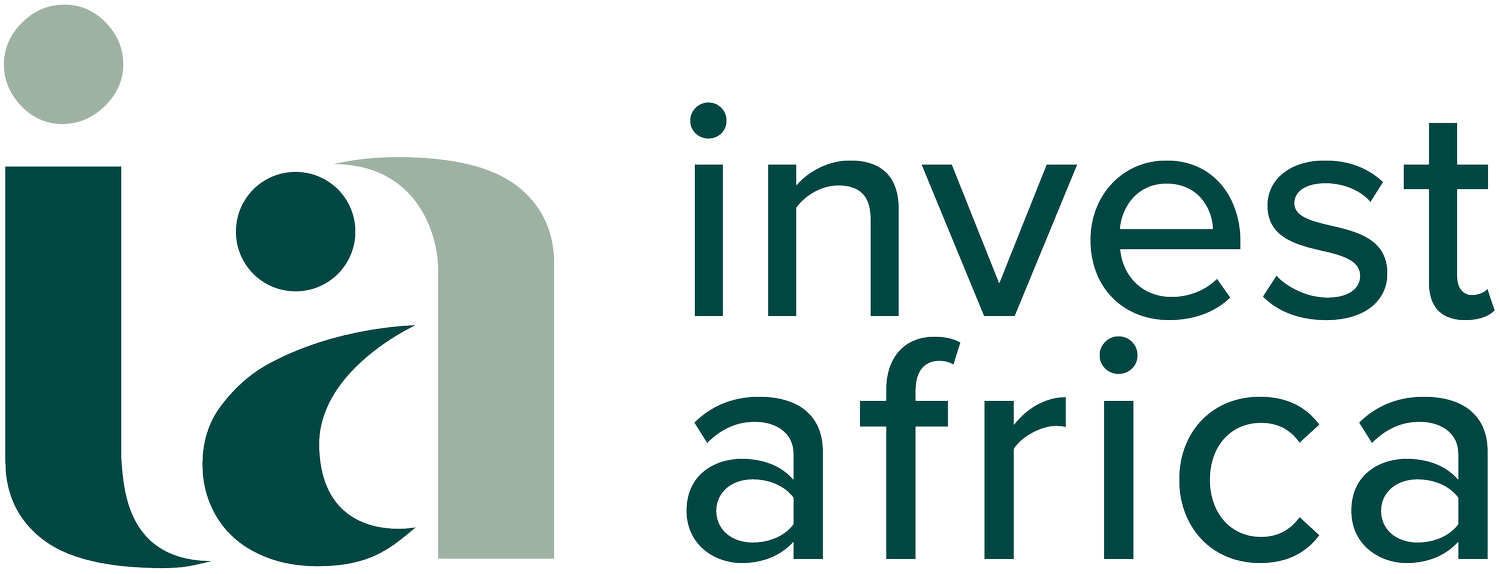HEALING THE GREAT RIFT: Investing in the East African Pharmaceutical Sector to close the Medicines Supply Gap
As the East African population expands, the health sector in Kenya, Uganda, Tanzania and Rwanda is under extreme strain, both financially and organisationally.
Across the region’s government and private (for-profit and not-for-profit) health sectors, over 90% of all drugs are imported, both legitimately and in the “grey” market. The majority are generics from India which are extremely price competitive, but erratic in terms of supply.
Stock-outs at pharmacies and hospitals are a recurring problem, especially but not exclusively in rural areas. These include drugs already in high demand such as antibiotics, but also drugs where demand is accelerating fast such as antidiabetics and antihypertensives, and medical sundries such as cotton wool, absorbent gauze, cannulas and giving sets. The gap between demand and supply is ubiquitous.
In diagnostic equipment, much of it is in need of repair and consequently out of use, sometimes for prolonged periods. Such equipment is always imported, meaning service support and maintenance is difficult. Even where technical support is available, supply of spare parts is often problematic.
These problems are widespread, systemic and highly detrimental to the health of the population. Without action they will get worse.
The role of the private sector in addressing this challenge is central. The East African Community (EAC) has published a second Regional Pharmaceutical Manufacturing Plan for 2017-2027 which argues for industrial policies to support local manufacturing at the national level. There is already zero duty on imports of raw materials and manufacturing equipment.
However, such policies have not yet had significant traction, partly because of the problems of access to capital but also perceptions of restrictive or burdensome regulation. Some of these perceptions are well-founded but not all, and the EAC regulatory harmonisation initiative is progressively improving the regulatory environment.
There is a lack of raw material and component suppliers and comprehensive support services for both pharmaceutical and medical equipment manufacturing. This problem is compounded by the lack of secure, temperature-controlled logistics and storage in many areas.
However, the upside is that these sub-sectors themselves, together with production of some of the simpler pharmaceutical products, medical equipment and devices, offer significant opportunities for inward investment. This would enable the necessary injection of capital and important technology transfer, at the same time as providing a bridgehead for foreign investors into the region.
With the right policy and regulatory framework in place, this could in turn help to stimulate economic growth, improve population access to medicines and address the mounting challenge of non-communicable diseases (NCD’s) such as diabetes, hypertension and heart disease.
The most immediate foreign direct investment (FDI) opportunities are likely to be in the following sub-sectors:
Contract manufacturing of selected high volume products such as antibiotics, antidiabetics and antihypertensives
Intravenous (IV) infusions, and potentially eye drops
Pharmaceutical packaging
Medical sundries and accessories
Small scale diagnostic equipment (eg. ophthalmoscopes) and equipment maintenance/support services
Healthcare data and logistics systems
Written by


